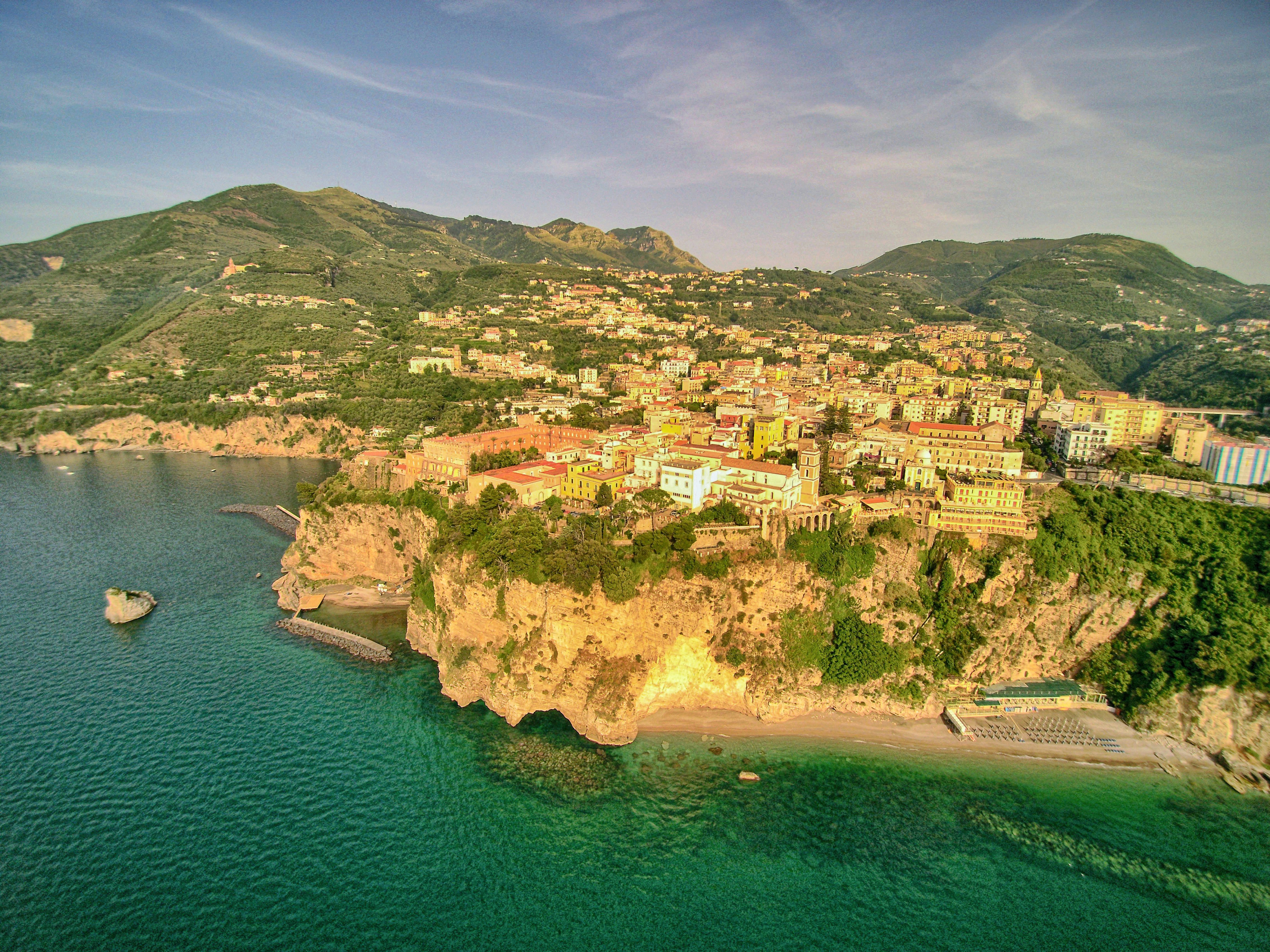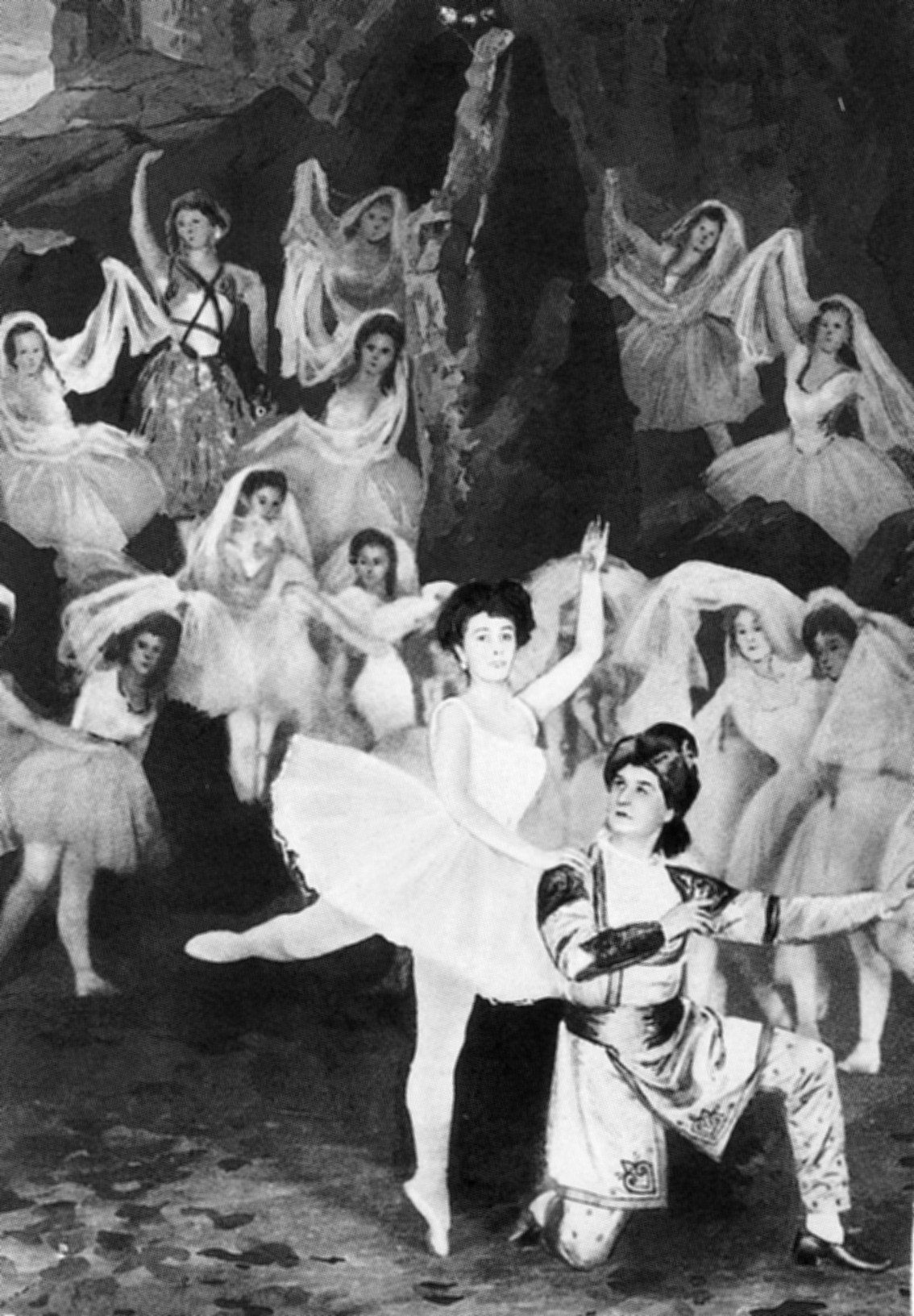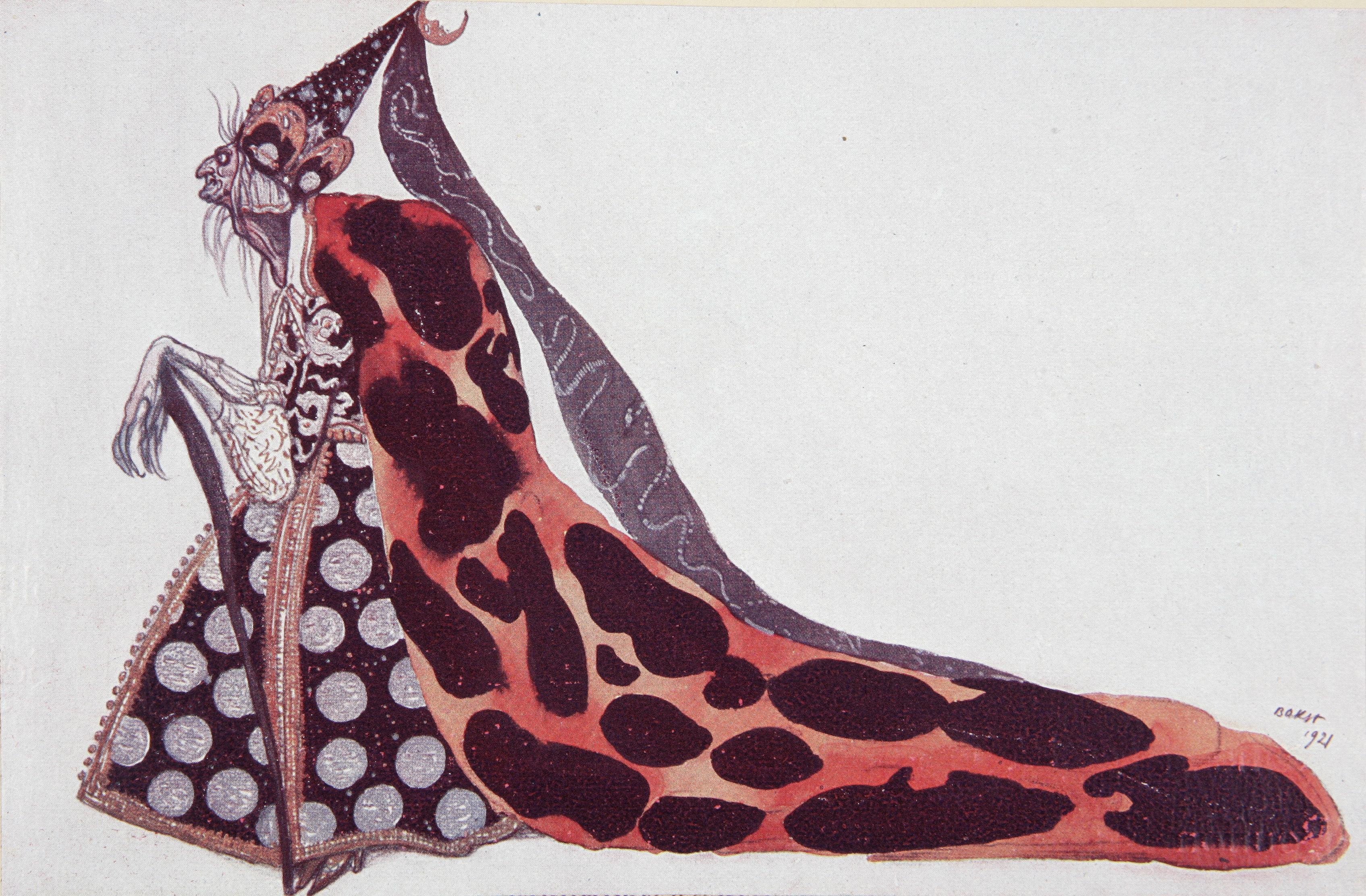|
Violetta Elvin
Violetta Elvin ( Prokhorova; 3 November 1923 – 27 May 2021) was a Russian prima ballerina and actress. In 1986, ''The Times'' described Elvin as "the only rival ever to give Dame Margot Fonteyn a run for her money". Early life Elvin was born on 3 November 1923 in Moscow, and graduated from the Moscow State Dance School in 1942. She was the daughter of Irena Grimouzinskaya, an actor and artist, and Vassilie Prokhorov, an aviation pioneer. Career Elvin was only 20 when she had already danced the leads in Swan Lake, Marius Petipa's Don Quixote (ballet), Don Quixote, and The Fountain of Bakhchisarai (ballet), The Fountain of Bakhchisarai with the State Ballet of Tashkent. From 1951 to 1956 she was a prima ballerina of Sadler's Wells Ballet, now The Royal Ballet, before retiring and moving to Italy. Personal life In 1945, she met and married British architect Harold Elvin in Moscow, and was allowed to leave the USSR. On the journey, she played chess with Dimitri Shostakovich. The ... [...More Info...] [...Related Items...] OR: [Wikipedia] [Google] [Baidu] |
The Times
''The Times'' is a British Newspaper#Daily, daily Newspaper#National, national newspaper based in London. It began in 1785 under the title ''The Daily Universal Register'', adopting its modern name on 1 January 1788. ''The Times'' and its sister paper ''The Sunday Times'' (founded in 1821), are published by Times Media, since 1981 a subsidiary of News UK, in turn wholly owned by News Corp. ''The Times'' and ''The Sunday Times'' were founded independently and have had common ownership only since 1966. It is considered a newspaper of record in the UK. ''The Times'' was the first newspaper to bear that name, inspiring numerous other papers around the world. In countries where these other titles are popular, the newspaper is often referred to as or , although the newspaper is of national scope and distribution. ''The Times'' had an average daily circulation of 365,880 in March 2020; in the same period, ''The Sunday Times'' had an average weekly circulation of 647,622. The two ... [...More Info...] [...Related Items...] OR: [Wikipedia] [Google] [Baidu] |
Vico Equense
Vico Equense is a coastal town and ''comune'' in the Metropolitan City of Naples, in southern Italy. Geography Vico Equense is part of the greater Bay of Naples metropolitan area and is a tourist destination. Located on a tuff cliff, it is relatively close to the ferry to the island of Capri, the volcano Vesuvius, the Monte Faito and the ancient town of Pompeii. The town is bordered by Castellammare di Stabia, Meta, Campania, Meta, Piano di Sorrento, Pimonte and Positano. Climate The weather in Vico Equense is generally mild all year round, with hot, sunny and humid summers; and mild, rainy winters: the town experiences a hot-summer-Mediterranean climate (Csa on climate maps). The yearly average temperature is around 16 °C, while the total rainfall is around 990 millimeters. Summers are long, hot, with abundant sunshine and generally stable weather conditions. Summer lasts from late May to mid September with daytime highs around 28 °C-30 °C (80s °F) and ... [...More Info...] [...Related Items...] OR: [Wikipedia] [Google] [Baidu] |
Russian Prima Ballerinas
This is a list of ballet dancers from the Russian Empire, Soviet Union, and Russian Federation, including both ethnic Russians and people of other ethnicities. This list includes as well those who were born in these three states but later emigrated, and those who were born elsewhere but immigrated to the country and performed there for a significant portion of their careers. The original purpose of the ballet in Russia was to entertain the royal court. The first ballet company was the Imperial School of Ballet in St. Petersburg in the 1740s. The Ballets Russes was a ballet company founded in the 1909 by Sergey Diaghilev, an enormously important figure in the Russian ballet scene. Diaghilev and his Ballets Russes' travels abroad profoundly influenced the development of dance worldwide. The headquarters of his ballet company was located in Paris, France. A protégé of Diaghilev, George Balanchine, founded the New York City Ballet Company. During the early 20th century, many Russi ... [...More Info...] [...Related Items...] OR: [Wikipedia] [Google] [Baidu] |
Dancers From Moscow
Dance is an art form, consisting of sequences of body movements with aesthetic and often symbolic value, either improvised or purposefully selected. Dance can be categorized and described by its choreography, by its repertoire of movements or by its historical period or place of origin. Dance is typically performed with musical accompaniment, and sometimes with the dancer simultaneously using a musical instrument themselves. Two common types of group dance are theatrical and participatory dance. Both types of dance may have special functions, whether social, ceremonial, competitive, erotic, martial, sacred or liturgical. Dance is not solely restricted to performance, as dance is used as a form of exercise and occasionally training for other sports and activities. Dance performances and dancing competitions are found across the world exhibiting various different styles and standards. Dance may also be participated in alone as a form of exercise or self expression. Dancing is ... [...More Info...] [...Related Items...] OR: [Wikipedia] [Google] [Baidu] |
2021 Deaths
This is a list of lists of deaths of notable people, organized by year. New deaths articles are added to their respective month (e.g., Deaths in ) and then linked below. 2025 2024 2023 2022 2021 2020 2019 2018 2017 2016 2015 2014 2013 2012 2011 2010 2009 2008 2007 2006 2005 2004 2003 2002 2001 2000 1999 1998 1997 1996 1995 1994 1993 1992 1991 1990 1989 1988 1987 1986 Earlier years ''Deaths in years earlier than this can usually be found in the main articles of the years.'' See also * Lists of deaths by day * Deaths by year (category) {{DEFAULTSORT:deaths by year ... [...More Info...] [...Related Items...] OR: [Wikipedia] [Google] [Baidu] |
1923 Births
In Greece, this year contained only 352 days as 13 days was skipped to achieve the calendrical switch from Julian to Gregorian Calendar. It happened there that Wednesday, 15 February ''(Julian Calendar)'' was followed by Thursday, 1 March ''(Gregorian Calendar).'' Events January–February * January 9, January 5 – Lithuania begins the Klaipėda Revolt to annex the Klaipėda Region (Memel Territory). * January 11 – Despite strong British protests, troops from France and Belgium Occupation of the Ruhr, occupy the Ruhr area, to force Germany to make reparation payments. * January 17 (or 9) – First flight of the first rotorcraft, Juan de la Cierva's Cierva C.4 autogyro, in Spain. (It is first demonstrated to the military on January 31.) * February 5 – Australian cricketer Bill Ponsford makes 429 runs to break the world record for the highest first-class cricket score for the first time in his third match at this level, at Melbourne Cricket Ground, giving the Victor ... [...More Info...] [...Related Items...] OR: [Wikipedia] [Google] [Baidu] |
Daphnis Et Chloé
''Daphnis et Chloé'' is a 1912 ballet and orchestral concert work, subtitled ''symphonie chorégraphique'' (choreographic symphony), for orchestra and wordless chorus by Maurice Ravel. It is in three main sections, or ''parties'', and a dozen scenes, most of them dances, and lasts just under an hour, making it the composer's longest work. It premiered as a ballet, but it is more frequently given as a concert work, either complete or excerpted. The dance scenario was adapted by choreographer Michel Fokine from a pastoral romance by the Greek writer Longus thought to date from the 2nd century AD, recounting the love between the goatherd Daphnis and the shepherdess Chloé. Scott Goddard in 1926 published a commentary on the changes to the story Fokine had to apply in order to make the scenario workable. Composition and premiere Ravel began to write the score in 1909 after a commission from impresario Sergei Diaghilev for his Ballets Russes, completing it some months before the p ... [...More Info...] [...Related Items...] OR: [Wikipedia] [Google] [Baidu] |
Cinderella (Ashton)
This version of the ''Cinderella'' ballet, using Sergei Prokofiev's ''Cinderella'' music and re-choreographed by Frederick Ashton, is a comic ballet. Ballet productions Plot outline Ashton's ''Cinderella'' is his own realised dream of a Petipa ballet and the ballet itself enacts the realisation of dreams, notably Cinderella's own. When we first see her she is a demi-caractere dancer dreaming of being a ballerina—that seems to be the balletic point of her solo with the broomstick in the kitchen—and it is as a ballerina that she magically enters the ballroom, stepping ''en pointe'' down the stairs and advancing in ''pas de bourree'' to the front of the stage. Back in the kitchen she recalls the slipper (or rather the pointe shoe) that she carries in her apron; the shoe is the clue to her dream and persuades her it was true. The Prince finds Cinderella, but in his arms she discovers her own identity as a ballerina and her dream of herself has been realised. Cinderella's m ... [...More Info...] [...Related Items...] OR: [Wikipedia] [Google] [Baidu] |
Birthday Offering
''Birthday Offering'' is a pièce d'occasion in one scene choreographed by Frederick Ashton to music by Alexander Glazunov, arranged by Robert Irving (conductor), Robert Irving. The ballet was created in 1956, to celebrate the Royal Ballet's 25th anniversary. The first performance took place on 5 May 1956 at the Royal Opera House, London. Original cast * Margot Fonteyn * Beryl Grey * Violetta Elvin * Nadia Nerina * Rowena Jackson * Svetlana Beriosova * Elaine Fifield * Michael Somes * Alexander Grant (dancer), Alexander Grant * Brian Shaw (dancer), Brian Shaw * Philip Chatfield * David Blair (dancer), David Blair * Desmond Doyle (dancer), Desmond Doyle * Bryan Ashbridge Source: Order of numbers In a sumptuous setting, seven couples make a grand entrance, then the women perform a series of seven solo variations. The men dance a bravura mazurka, the principal couple performs an elegant ''pas de deux'', and the ballet ends with a final waltz for the entire ensemble.Matthew Naugh ... [...More Info...] [...Related Items...] OR: [Wikipedia] [Google] [Baidu] |
The Three-Cornered Hat
''The Three-Cornered Hat'' ( or ) is a ballet choreographed by Léonide Massine to music by Manuel de Falla. Commissioned by Sergei Diaghilev, the ballet premiered in 1919. In addition to its Spanish setting, this ballet also employs the techniques of Spanish dance (adapted and somewhat simplified) instead of classical ballet. History In 1916-1917, Manuel de Falla composed the music for a two-scene pantomime ''El corregidor y la molinera'' (''The Magistrate and the Miller's Wife''). The plot was from Pedro Antonio de Alarcón's 1874 novel of the same title, adapted for the stage by María Martínez Sierra. The work premiered at Madrid's Teatro Eslava on April 6, 1917. Sergei Diaghilev of the Ballets Russes had been introduced to de Falla by Igor Stravinsky during the company's first visit to Spain in 1916. Diaghilev requested permission to use de Falla's already-completed ''Noches en los jardines de España'' ('' Nights in the Gardens of Spain'') and the work-in-progress ''E ... [...More Info...] [...Related Items...] OR: [Wikipedia] [Google] [Baidu] |
Tschaikovsky Piano Concerto No
Pyotr Ilyich Tchaikovsky ( ; 7 May 1840 – 6 November 1893) was a Russian composer during the Romantic music, Romantic period. He was the first Russian composer Music of Pyotr Ilyich Tchaikovsky, whose music made a lasting impression internationally. Tchaikovsky wrote some of the most popular concert and theatrical music in the classical repertoire, including the ballets ''Swan Lake'' and ''The Nutcracker'', the ''1812 Overture'', his Piano Concerto No. 1 (Tchaikovsky), First Piano Concerto, Violin Concerto (Tchaikovsky), Violin Concerto, the ''Romeo and Juliet (Tchaikovsky), Romeo and Juliet'' Overture-Fantasy, several Symphonies by Pyotr Ilyich Tchaikovsky, symphonies, and the opera ''Eugene Onegin (opera), Eugene Onegin''. Although musically precocious, Tchaikovsky was educated for a career as a civil servant as there was little opportunity for a musical career in Russia at the time and no public music education system. When an opportunity for such an education arose, he ent ... [...More Info...] [...Related Items...] OR: [Wikipedia] [Google] [Baidu] |
The Sleeping Beauty (ballet)
''The Sleeping Beauty'' ( ) is a ballet in a prologue and three acts to music by Pyotr Ilyich Tchaikovsky, his Opus 66, completed in 1889. It is the second of his three ballets and, at 160 minutes, his second-longest work in any genre. The original scenario was by Ivan Vsevolozhsky after Perrault's '' La belle au bois dormant'', or ''The Beauty Sleeping in the Forest''; the first choreographer was Marius Petipa. The premiere took place at the Mariinsky Theatre in St. Petersburg on January 15, 1890, and from that year forward ''The Sleeping Beauty'' has remained one of the most famous ballets of all time. History Tchaikovsky was approached by the Director of the Imperial Theatres in St. Petersburg, Ivan Vsevolozhsky on 25 May 1888 about a possible ballet adaptation on the subject of the story of '' Undine''. It was later decided that Charles Perrault's '' La Belle au bois dormant'' would be the story for which Tchaikovsky would compose the music for the ballet. Tchaiko ... [...More Info...] [...Related Items...] OR: [Wikipedia] [Google] [Baidu] |






